The world needs Water-Smart architecture because water scarcity is emerging as one of the most pressing challenges of the 21st century. They say water is the next oil, as around the world, and especially in rapidly growing urban centers, dwindling freshwater resources threaten not only ecosystems but also the viability and sustainability of our cities.
In this critical context, the real estate sector stands at a unique crossroads: it can either exacerbate the problem through wasteful practices or become a leader in conserving this precious resource through innovative, water-smart architecture.
What is Water-Smart Architecture?
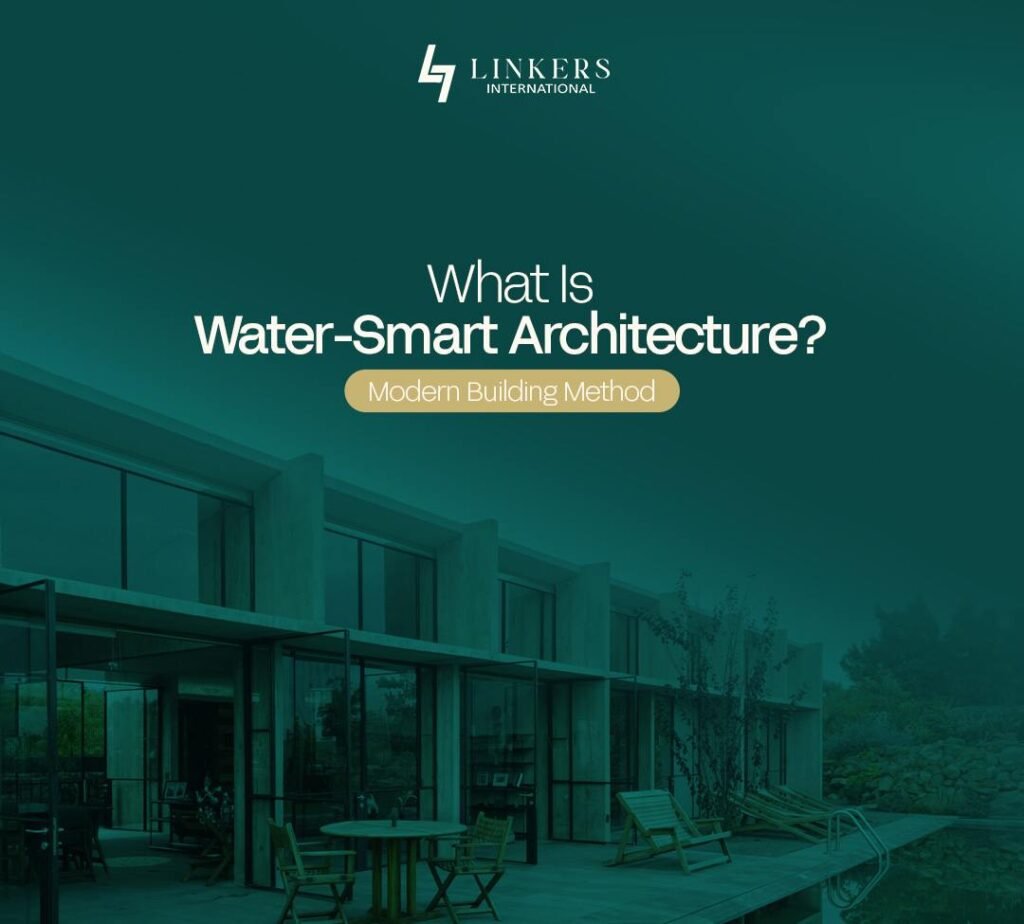
Water-smart architecture is about building designs and construction practices that prioritize efficient water use, conservation, and recycling within the built environment. Unlike traditional approaches that often overlook water efficiency, water-smart buildings are designed to reduce consumption, capture, and reuse water. These buildings minimize environmental impact, helping cities conserve water without compromising quality of life or functionality.
The Water Crisis and Its Impact on Real Estate
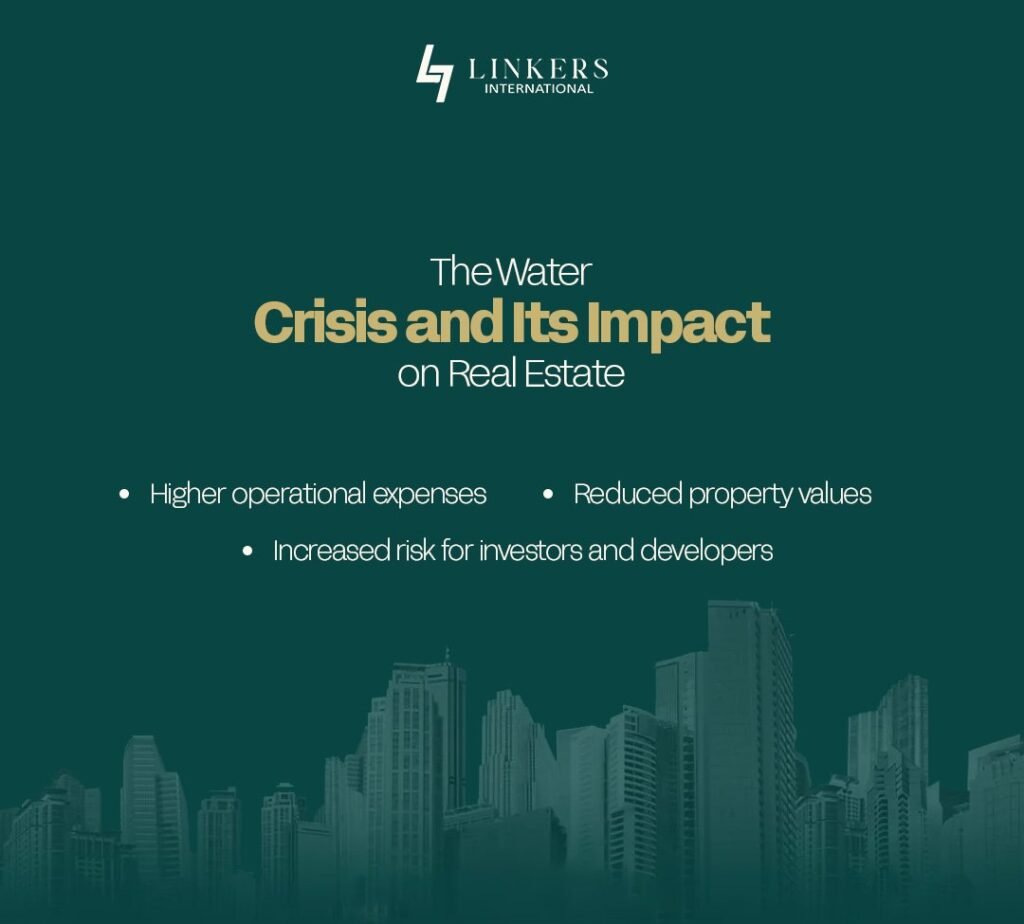
Globally, nearly 2 billion people live in countries experiencing high water stress. In many urban areas, water scarcity leads to unreliable supply, increased costs, and even health risks. For real estate, this scarcity translates into:
- Higher operational expenses
- Reduced property values
- Increased risk for investors and developers
Properties lacking water-efficient infrastructure may become less attractive to eco-conscious buyers and tenants. If we take a global outlook, regulatory pressures are mounting around the world, with many governments implementing stricter water usage standards and penalties for waste.
Key Components of Water-Smart Architecture
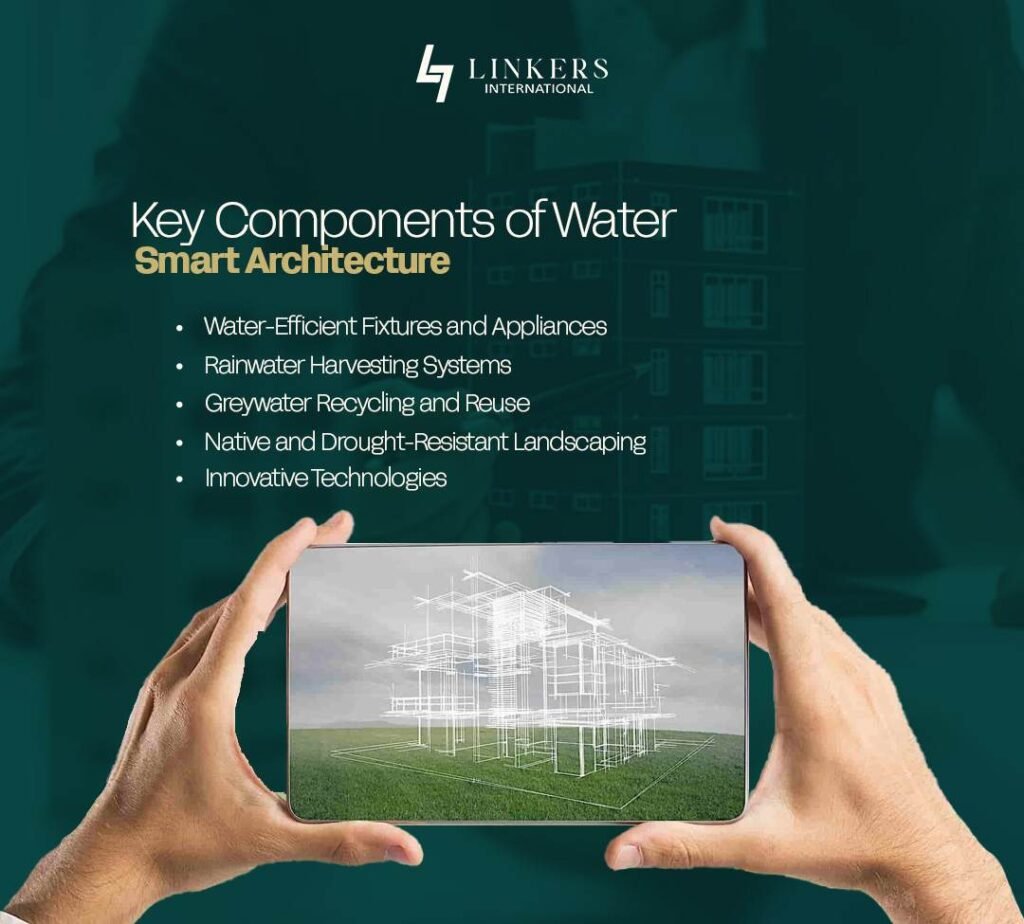
- Water-Efficient Fixtures and Appliances
Low-flow faucets, dual-flush toilets, and efficient irrigation systems reduce water usage dramatically without sacrificing performance. - Rainwater Harvesting Systems
Collecting rainwater from roofs and other surfaces provides a renewable source of water for irrigation, flushing, and cleaning, reducing dependence on municipal supply. - Greywater Recycling and Reuse
Treating and reusing greywater (from showers, sinks, and laundry) for non-potable uses is an effective way to conserve potable water. - Native and Drought-Resistant Landscaping
Choosing native or drought-tolerant plants reduces the need for irrigation and supports local biodiversity. - Innovative Technologies
Smart sensors and Internet of Things (IoT) devices enable real-time monitoring of water use and early leak detection, preventing waste and reducing costs.
Water-Smart Infrastructure Examples
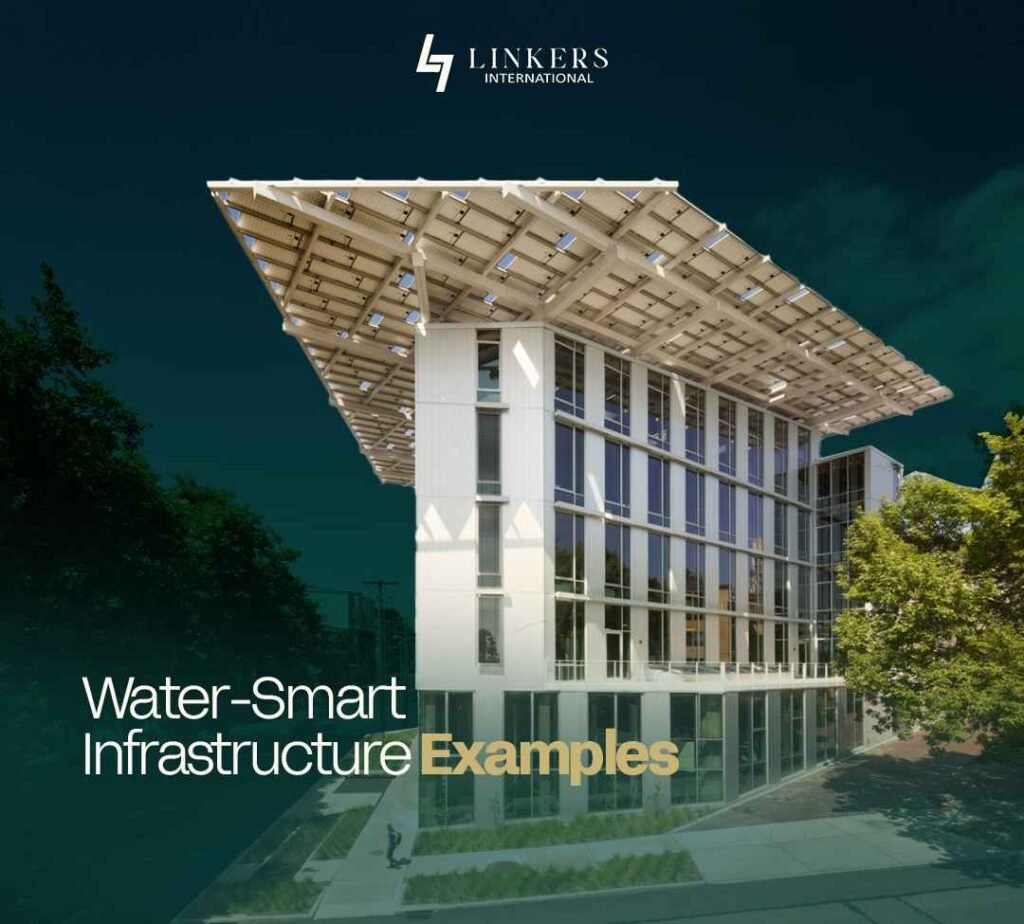
Around the world, developers are embracing water-smart designs. For instance, the Bullitt Center in Seattle is designed to be net-positive in water use, harvesting rainwater to meet all its needs. In Dubai, developments increasingly incorporate greywater recycling to minimize potable water use despite harsh climatic conditions.
Closer to home, several Pakistani projects are experimenting with rainwater harvesting and efficient plumbing, setting important precedents for sustainable building practices. Some of the prominent examples of water infrastructure in Pakistan’s real estate are;
| Type of Infrastructure | Purpose | Example Projects/Societies |
| Underground/Overhead Tanks | Water storage | DHA, Bahria Town |
| Water Filtration Plants | Clean drinking water | Bahria, Capital Smart City |
| Rainwater Harvesting System | Water storage | DHA, Bahria Town |
| Sewerage Treatment Plants | Wastewater management | Emaar, DHA Lahore |
| Dams & Reservoirs | Bulk supply to cities | Simly Dam, Mangla Dam |
| Smart Water Metering | Usage tracking | Capital Smart City |
| Water Distribution Pipelines | Network supply to homes | Gulberg Greens, Fazaia Housing |
The Role of Developers, Architects, and Policy Makers

Real estate developers must integrate water-smart strategies from the earliest design phases. Architects and engineers should be trained in sustainable water systems and innovative technologies. Meanwhile, policymakers need to enforce water-efficient building codes and provide incentives that encourage conservation investments.
Collaboration across stakeholders will be key to scaling these solutions. However, there are some challenges in building water-smart infrastructure. The upfront costs of water-smart systems can be a hurdle, especially in emerging markets. However, long-term savings and increasing regulatory requirements make these investments worthwhile.
Therefore, awareness campaigns and technical training can help bridge knowledge gaps, while innovative financing models can ease the initial cost burden.
Water-Conscious Architecture is the Need of the Future!
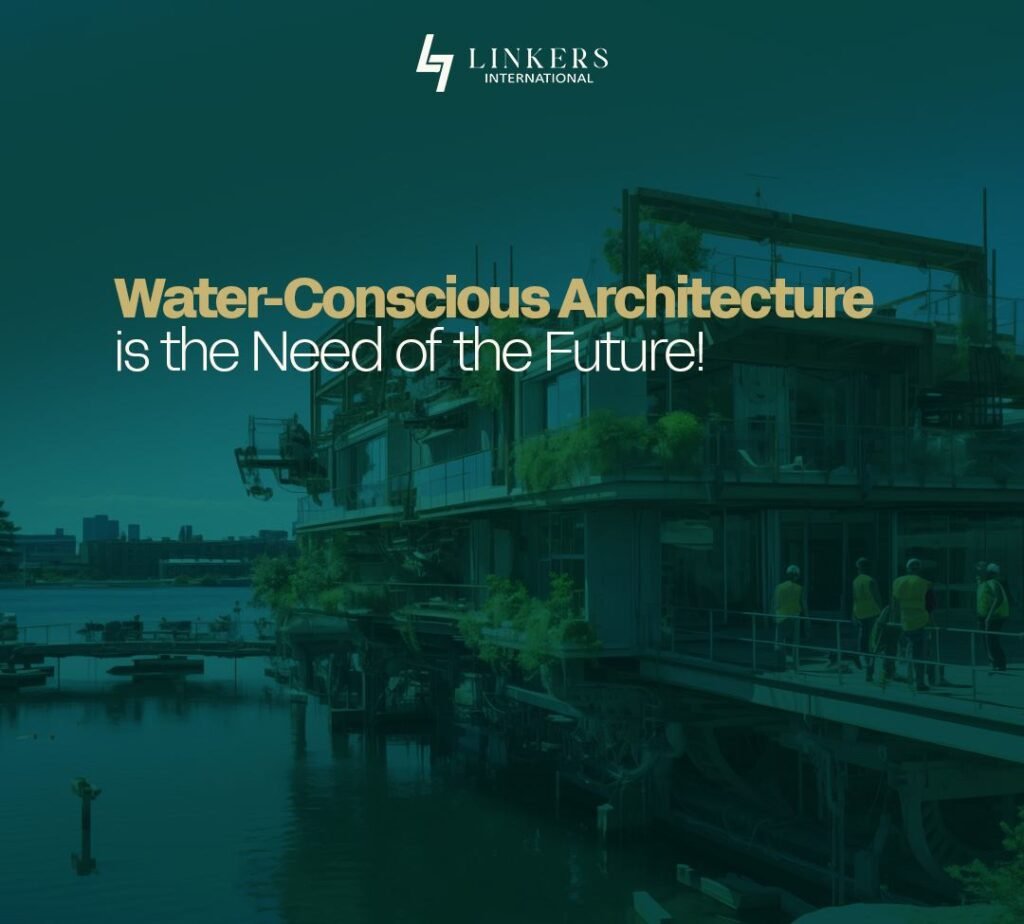
The future points toward buildings that are not just water-efficient but water-positive, generating more usable water than they consume. Net-zero water buildings, integrated water-energy systems, and smart city frameworks promise a new era of sustainable urban living.
Water-smart architecture is a necessity for the survival and prosperity of our cities. By embracing water conservation through intelligent design and technology, the real estate sector can lead the way in building resilient communities, safeguarding resources, and ensuring a sustainable future.





